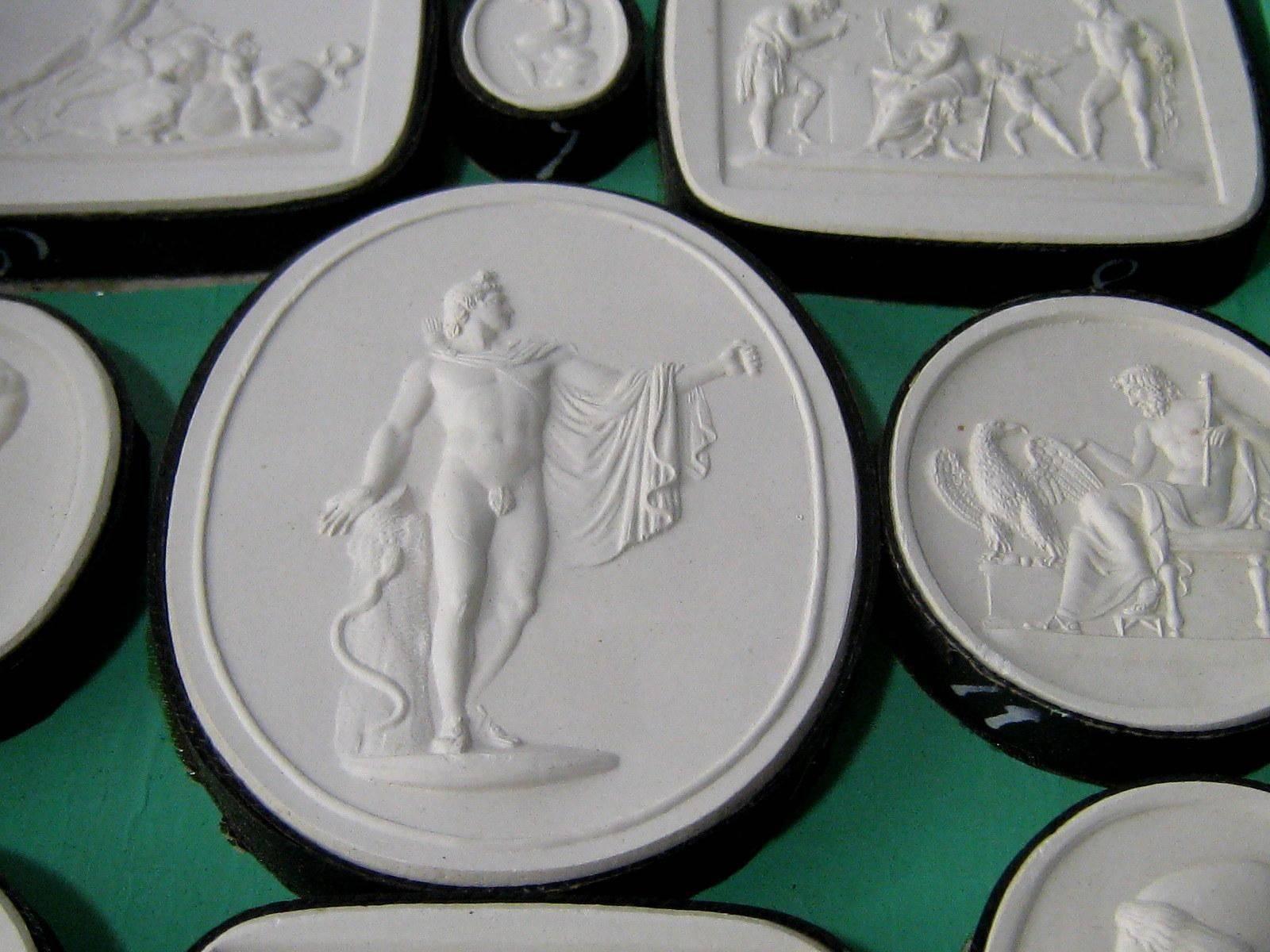
Early C19th cased-set of Italian 'Grand Tour' souvenir plaster intaglios. Many intaglios in collections today are “moderns” that date to the Victorian and Edwardian periods.Īn excellent overview of the techniques and history of intaglios together with a comprehensive list of references and sources for further reading can be found at. Rings and decorative watch fobs or charms that accompanied a man’s pocket watch were seen everywhere, worn by rich and middle class alike.

The popularity of the intaglios, as both gems and castings, from the mid 19th century to the early 20th century, heavily influenced jewelry, especially for men. Anyone who took the “Grand Tour”, a cultural trip throughout Europe taken by the wealthy classes, would return with at least a small collection of intaglio plaster castings. The gems were frequently reproduced as plaster or paste castings that were also referred to as intaglios. Interest in them as art objects was revived during the Renaissance and the Enlightenment ages when notables collected them, often keeping them in very ornate cabinets, hence the use of the phrase “cabinet” as a synonym for a collection of intaglios. Interest in carved gems and intaglios waned during the Middle Ages, although the utilitarian use a seals remained. The materials used varied from the most precious gems to cast glass, however, the customary stone used was the semi-precious chalcedony, such as carnelian, agate, onyx, sardonyx, etc. Seals in the form of signet rings and mounted desk seals were the main practical use of intaglios from Grecian and Roman times, although the wealthy often collected the carved stones as pieces of art in the forms of charms, pendants and amulets. Because of the “protected” nature of the engraved surfaces, numerous pieces of this ancient art have survived to modern times better than most. The term is rarely seen today, but it is widely used in gem related literature up to the 19th century. The art form is called Glyptics, or “glyptic art“ it covers the field of small carved stones, including cylinder seals and inscriptions, especially in an archaeological context. See the “ Literature” page for information and links to websites that contain material about the early history of intaglios and carved gems in general. These signets were the seals used by officials and dignitaries on official documents in lieu of a signature. Most historical writings, however, refer to the ancient signets as the first intaglios. Technically, the drawings in prehistoric times chiseled into cave walls were intaglios. INTAGLIO – Engraved or incised into the gemĬAMEO – Finished shape is in relief raised higher than the background It’s important to note the differences between the two types of carved gems. The engraved surface is the intaglio.Ģ) in jewelry, usually the stone in either a man’s ring or cuff links.

Where might you have seen an intaglio? The two most probable places where intaglios can commonly be seen in today’s world are:ġ) in a seal kit, usually an initial or design engraved on a flat surface, mounted on a handle, which, when impressed on melted wax, leaves a raised impression - the seal. The two most common uses of the term today refer to either a carved gemstone (what this site IS all about) or as a type of printing using an engraved or etched plate (which IS NOT what this site is about). In modern English language, however, it is more commonly pronounced /in-TAG-lee-o/.Īn intagli o is an object that has had some shape or figure engraved or incised into its surface. In Italian, it is pronounced /in’-TAL-yo/, the “g” being silent. Intaglio is an Italian word that means engrave.


 0 kommentar(er)
0 kommentar(er)
